In the Northern Hemisphere, according to the calendar at least, spring has replaced winter.
The lengthening days and improving weather might remind you that the gruelling event you signed up for in December isn’t far off.
But don’t worry if your fitness and skills aren’t quite where they need to be.
In this guide, we explain how to adapt from winter road cycling or winter mountain biking to spring cycling training. We’ve asked performance nutritionist Ellen McDermott and coach Dr Tom Kirk how to spring into a new riding season and smash those summer goals.
Seven spring training tips for summer cycling success
Below are seven spring training tips for road, gravel and mountain bike riders, no matter what your riding level.
Put yourself to the test
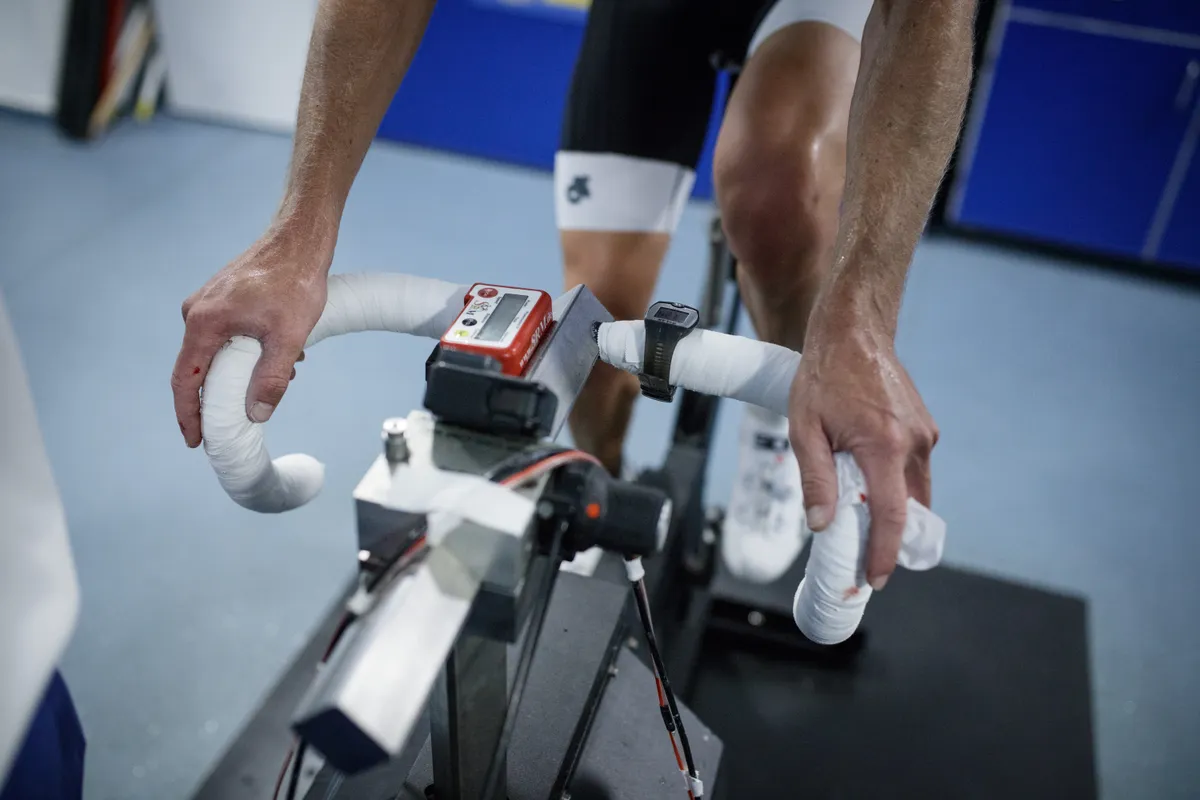
The end of a winter training plan is the ideal moment to check your progress.
If you have a power meter and suitable stretch of road near you, you can test your Functional Threshold Power outdoors.
Or, if you have access to a smart trainer or indoor trainer that measures power, take an FTP test on Zwift or using another of the best indoor cycling apps.
Coaches increasingly advocate Critical Power testing because it gives a better picture of your overall capabilities.
Dr Tom Kirk, who runs Custom Cycle Coaching, says: “I prefer to use Critical Power testing involving two to three maximal efforts between three and 20 minutes long.
“The shorter efforts involve a greater proportion of anaerobic work, while the longer ones are more aerobic.
“This allows you to assess anaerobic capacity as well as endurance and enables really accurate calculations of what someone should be capable of for interval sessions.”
Having recovered from your testing, input your (hopefully higher) FTP or Critical Power number into a training zones calculator. Updating your zones will ensure you’re riding at the right intensity during endurance rides and intervals alike. Check our guide on how to train with a power meter for more advice.
Don’t increase the volume and intensity

If you’ve been following the periodisation model, spring is the time to transition from base training to the build phase of your preparation. This traditional approach to cycling training prioritises long, slow riding in the winter before introducing more intensity, for example sweetspot training, in the spring. This should prepare you for the harder work to come and help you peak in the summer events.
As intensity increases, overall training volume must come down. Otherwise, you put yourself at risk of overuse injuries, such as IT band syndrome, illness or overtraining.
Cycling coach and athlete Nik Cook says: “Don’t rush into top-end efforts but build through the training levels, working through tempo, threshold, VO2 max and finally anaerobic capacity in turn.
“Building fitness is like building a house – you can’t put the roof on without the other floors.
“Plan your season, working back from key events and remembering to factor in taper weeks before and recovery weeks after each one.”
However, indoor training, which permits high intensity interval training through the winter, has given rise to the reverse periodisation model.
Kirk says this can be effective. “You focus more on top-end fitness on the turbo to develop your FTP and VO2 max before adding more volume in the spring when the weather and daylight allows,” he explains.
“If you currently ride for four hours a week over three rides, suddenly copying a pro’s training on your week off work will lead to disaster.
“It’s better to progress your training gradually as the most important thing to make improvements is to train consistently."
Go easy on the weights
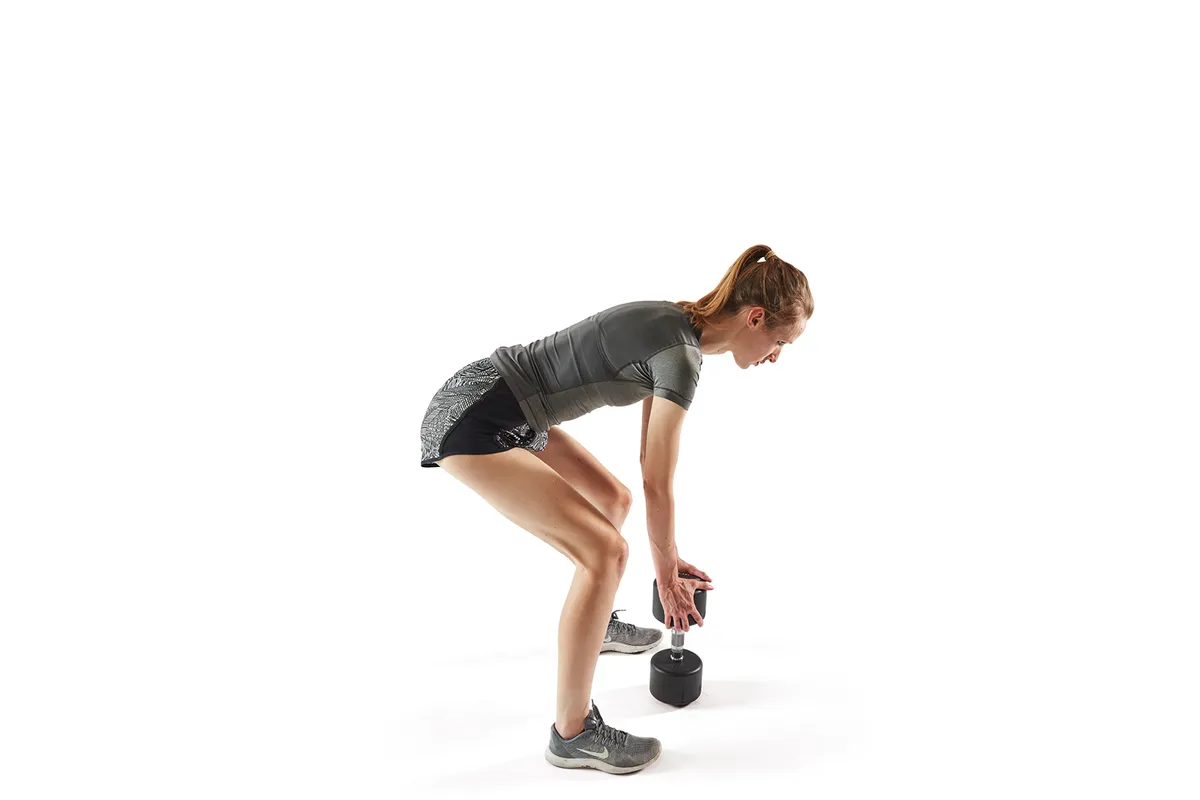
On-bike intervals and strength training for cyclists are tricky to combine in a training week.
But Kirk says some riders, especially those prone to injury, benefit from continuing with strength work year-round.
He suggests consulting a coach to work out what should be your priority – nailing your intervals or continuing strength gains.
Be more specific

As weather improves and the date of your goal approaches, if you have multiple bikes, swap from your winter bike to your best road, gravel or mountain bike.
Practise riding the road bike position or mountain bike setup you’ll use on the day too. You need to know you’ll be as comfortable and powerful as you can be while remaining in control of the bike, says Kirk.
He adds that one of the downsides of indoor vs outdoor cycling training is that bike handling diminishes over winter if you ride little outdoors.
Kirk believes getting your eye back in is vital for safety and to save energy in bunch racing such as road races and crits.
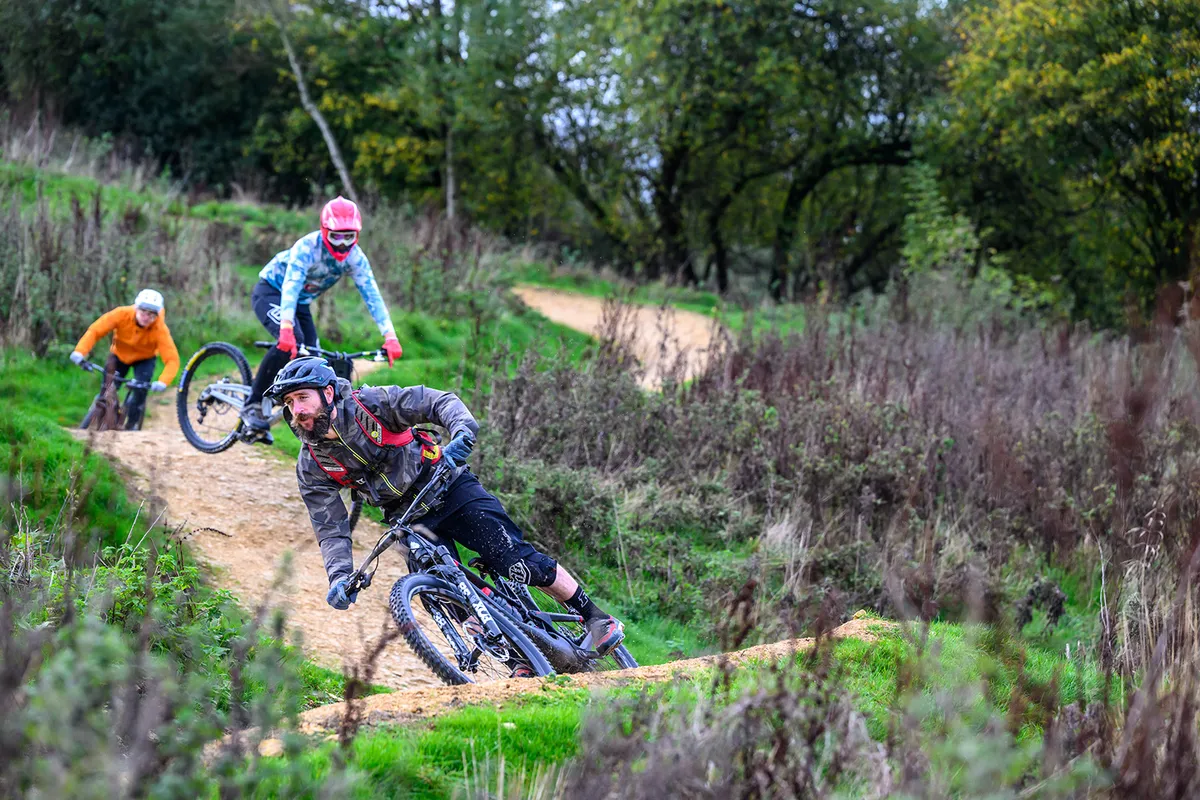
Knowing how to ride in a group is also valuable for sportives. You’ll increase your average speed compared to riding the distance solo.
You can do drills, such as cornering, on your own. But to improve confidence and competence in a group, nothing beats the real thing, argues Kirk.
To work group riding into a training plan, he suggests swapping a Zwift or solo interval session for a chain gang, or an endurance ride for a Sunday club run.
Mountain bikers who haven’t spent much time at the bike park or gravel riders who haven’t been cyclocross racing will also see their skills decline in the muddy months. Therefore, Kirk advises off-road riders to maximise their time on the trails in spring to compensate.
Spring clean your diet

Reduced training volume and excessive calorie intake in winter can leave us heavier than our optimal weight for cycling come spring.
The good news is losing weight by cycling is quite straightforward, according to nutritionist and elite road racer Ellen McDermott.
“It's all about making sure you are getting enough protein spread out evenly across the day and focusing on high intakes of carbohydrates around your training window," McDermott explains.
“And you're not eating a block of cheese a day. If your intake of fat is high, a lot of your calories will come from fat.
“So fat is what you should cut back if you want to shed weight."
McDermott doesn’t recommend using food tracking apps, such as MyFitness Pal, because their calculations depend so heavily on what you input. As a result, the daily calorie target they recommend “can be really inaccurate”.
Instead, McDermott works out her clients’ energy needs by asking about their activity level and training diary.
Losing weight alone is not a recipe for cycling success, even to get better at climbing hills. The second aspect of the watts per kilo equation is often neglected.
McDermott says: “It’s something I try to hammer home all the time.
“Often an athlete going from a low protein intake to getting enough at the right times has much more impact on their power-to-weight ratio than losing body fat because [increased muscle mass] they’re able to produce more watts.”
Fuel for the fire
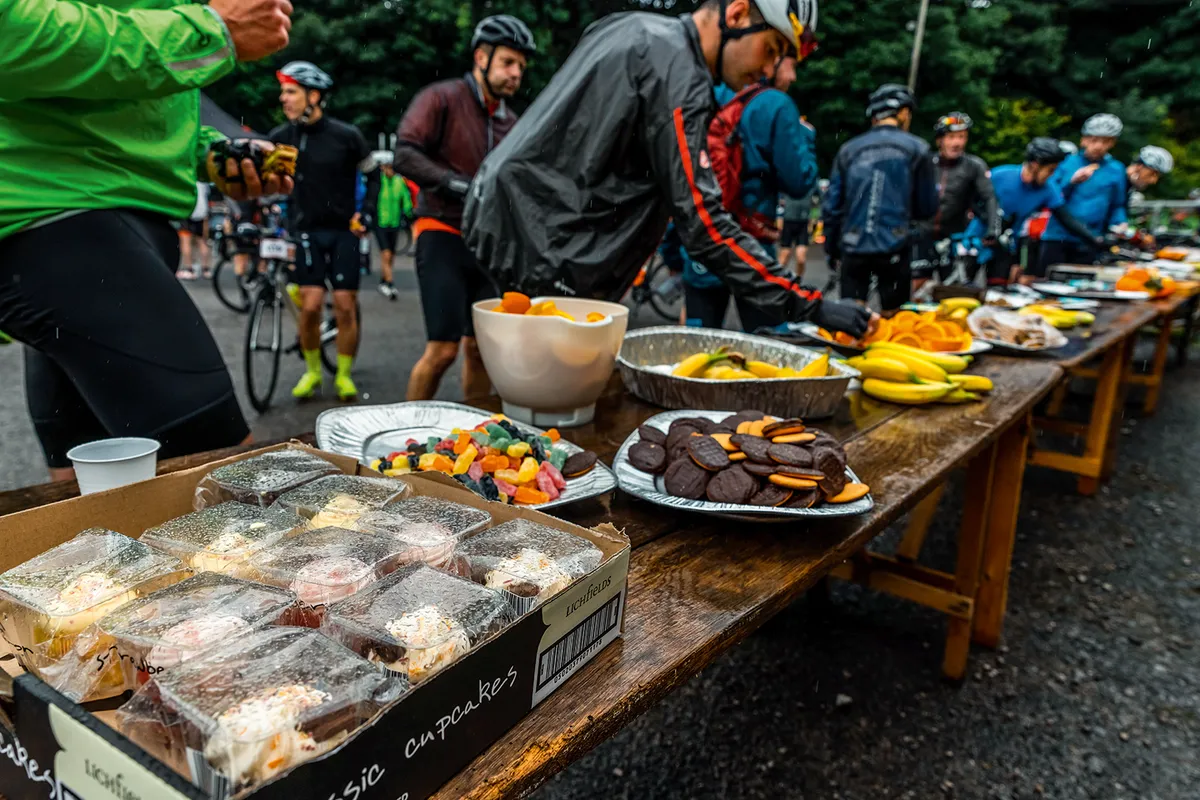
Another reason to reduce fat intake in spring is to leave more room for carbohydrates in your macronutrient balance, which higher-intensity training demands.
McDermott urges her male and female racers to consume up to 120g of carbohydrate an hour in competition, given that an hour of threshold riding can consume 200g of carbohydrate.
For those of us who don’t ride that hard and won’t require as much fuel, McDermott suggests 60 to 100g an hour in training or events, depending on intensity. For example, a medium banana contains about 25g of carbs.
Signs you’re not fuelling properly can be failing to complete tough interval sets and feeling your legs are empty – McDermott says your leg muscles may literally have no glycogen to power the pedals.
In order to maximise recovery, she recommends a post-ride snack with a 3:1 ratio of carbohydrate to protein within 30 minutes of finishing a session. Chocolate milk is a cheap and effective alternative to recovery shakes.
McDermott says your recovery meal should contain roughly 2g per kilo body mass of carbs and 30 to 40g of protein. Tuna and pasta or chicken and rice work well.
Practise your event nutrition strategy

So that you’re flying on the day of your race, sportive or century ride, your muscle glycogen stores need to be full.
As a starting point, McDermott advises ingesting 8 to 12g of carbohydrate per kilo of body mass in a readily digestible form, such as rice or Haribo.
“It will put you in quite a large calorie surplus for that day, but in the event the day after you're going to be churning through your glycogen stores. So that's where all that goes,” she says.
It’s worth trying which kinds of food work best for you ahead of key training rides. But McDermott says there’s no need to fuel to this extent before every long Sunday ride. Your weight is likely to increase and the desired training stimulus of endurance training could diminish.

What’s more, you should practise a high, on-bike carbohydrate intake to train your gut.
Kirk adds: “Fuelling with enough carbohydrates not only helps improve your training quality but also means that on race or event day, when you're trying to maximise carbohydrate availability, your stomach is used to it.
“This can avoid an upset stomach, which can ruin your day.”
Different types of event require different fuelling strategies, according to McDermott.
On the road or on smooth gravel, it can be easy to reach into your jersey pocket to pull out an energy bar and therefore graze regularly.
Yet, technical mountain bike terrain gives fewer chances to grab a snack. McDermott says riders participating in longer MTB disciplines, such as marathon cross-country racing, should consider high-carb drinks and energy gels instead.
Key spring sessions to accelerate your fitness
Dr Kirk suggests the following spring cycling workouts to hone your condition, whichever discipline you ride.
Road
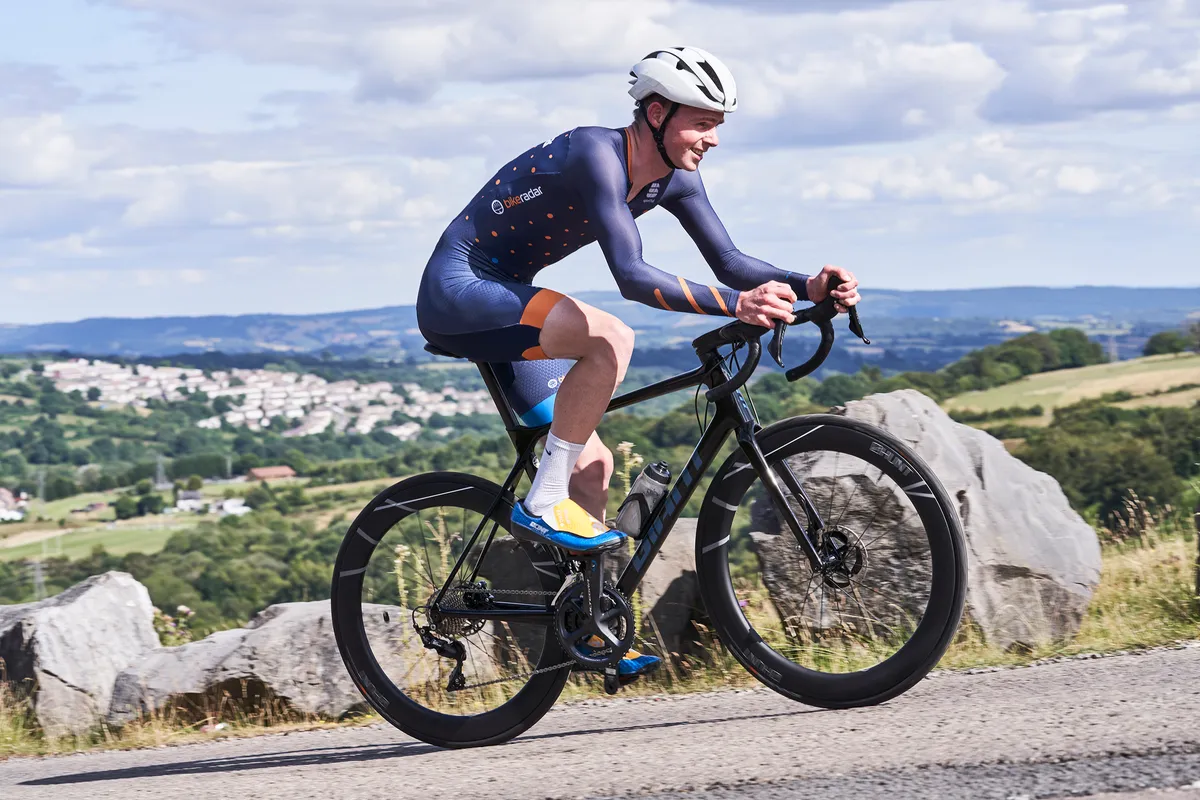
Warm up with at least 10 minutes of zone 1 to 2 spinning, followed by optional short efforts above your threshold.
From a slow pace, accelerate hard and continue flat-out (at the top of power zone 5 if you have a power meter) for 30 to 60 seconds. Then settle in to a more comfortable pace – power zone 4, or an effort you could sustain for 20 minutes – and ride another four minutes.
Spin the legs in zone 1 for five minutes to recover. Do four to six reps.
Gravel
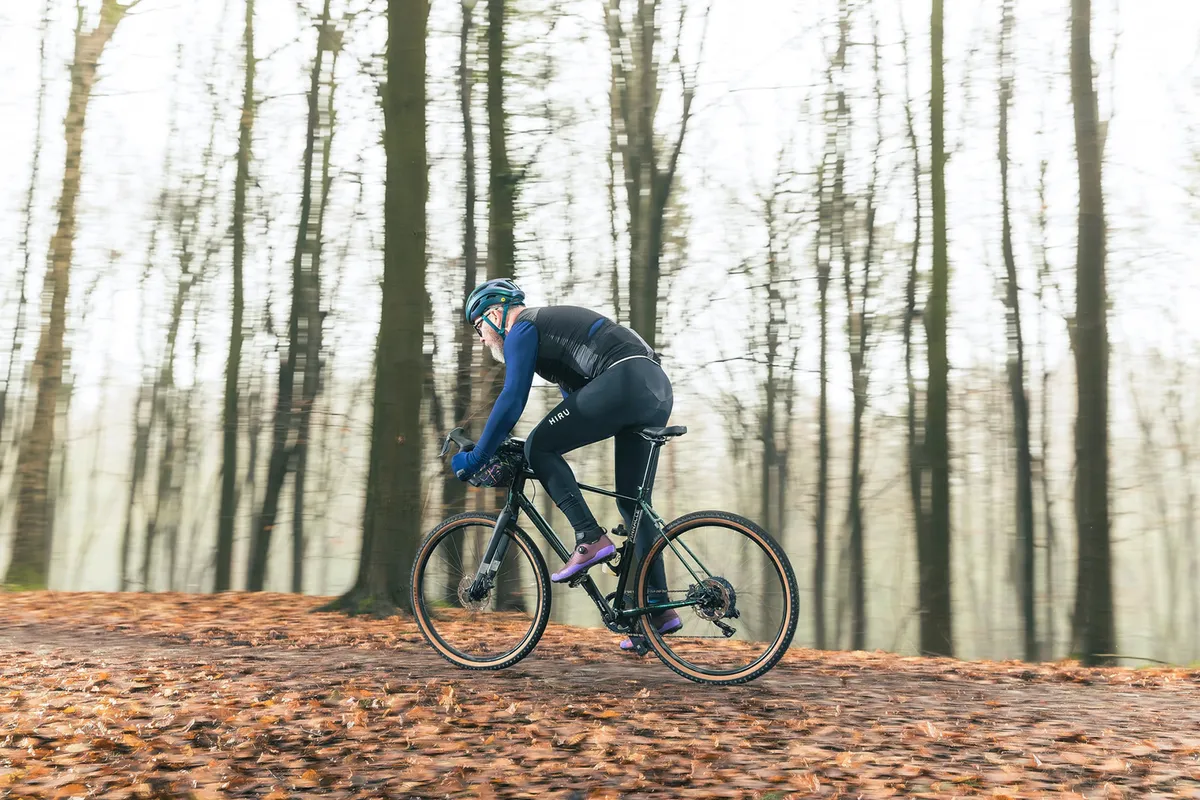
Ride at least 10 minutes in zone 1 to 2 to warm up, with optional primer efforts.
Do 2x 20 minutes at high zone 3, with a 30-second burst in a bigger gear every 4.5 minutes. A gentle rise is ideal for this effort.
Either spread out the 20-minute intervals over a longer ride or recover with five minutes’ zone 1 spinning in between.
The session can be done on a long, uninterrupted off-road circuit, on the road or on the turbo trainer, preferably not in ERG mode to make it more realistic.
Mountain bike

This workout is good for riders wanting to develop their mountain bike training and get off the line quickly in mass-start cross-country races and events.
As ever, warm up for at least 10 minutes in zone 1-2. Throw in a few hard surges if you feel like it.
In the main block, you’ll practise standing starts. Begin with one foot down, then sprint for 30 seconds to a minute. After this maximal effort, ease into a steadier pace for four to five minutes.
Repeat up to 10 times, leaving a long recovery (of about 10 minutes’ easy pedalling) between each rep.

